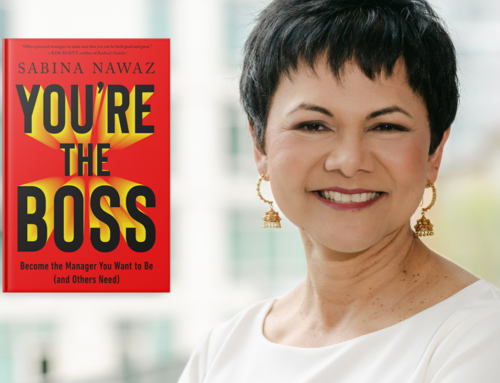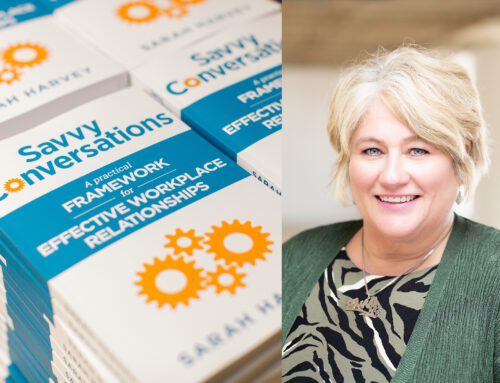Of course, I’m envious. I wish I’d thought of the title, The Naked Presenter. It’s attention getting. It got your attention, or you wouldn’t be reading this. My only consolation is that Garr Reynolds and I agree on most issues around creating and delivering effective presentations. Where I give science-based reasons for my recommendations, Garr Reynolds gives reasons based mostly in Japanese culture. Very cool. Along with his earlier books, Presentation Zen, and Presentation Zen Design, The Naked Presenter is a beautifully designed book with a series of elegant insights into how to present effectively. Following are 5 of the best lessons from the new book.
1. Rehearse, rehearse, rehearse. Garr recommends rehearsing at least 4 or 5 times. He talks about lessons from the bamboo trees in the Japanese forest. Bamboo bends, it doesn’t break. It’s “always ready.” It grows continually. These are the qualities that people who are adequately rehearsed can emulate, because they don’t have to focus exclusively on what comes next, trying to remember the content of the speech. Rather, they can focus on the moment, and respond according to what happens, flexible and easy with their content. Your body language always signals the state of your psyche to the audience (here’s where the science comes in). If you’re doing something for the first time, your body will inevitably telegraph that to the audience. If you’re practiced, you can achieve a level of comfort that will allow you to bond more easily with the audience.
2. The audience is on your side; it’s yourself that you have to conquer. Garr’s insight from Budo, or the general term for martial arts in Japan, is that one’s greatest enemy is oneself. Public speakers also face that irony every time they get up to speak. If you realize that a speech is not about you, the speaker, but about the audience, you will be energized by the exchange with that audience. If you think the speech is about you, it will always feel like hard work. In terms of the science, if you open yourself to the mirror neurons of the audience, you will feed off their (positive) emotions, and connect with them. If you focus on your own nervousness, you’ll have a miserable time.
3. Never, ever run long. Garr invokes the Japanese idea of Hara Hachi Bu, which means “eat only until 80 percent full.” Come to think of it, my grandmother used to tell me that, but she also used to tell me, on other days, “eat what’s on your plate – there are children starving in Africa.” Anyway, it’s a universal truth that no one ever protested that a speech ended early, but just about everyone is offended when a speech goes long. I once had the enormous privilege of attending a private seminar with Ted Sorenson, President Kennedy’s speechwriter, about the writing of his inaugural address, the Cuban missile crisis, and other matters. Sorenson warmed to his theme and ran 90 minutes over, and some members of the audience were growing restive, despite the historic topics that were being discussed by one who had witnessed them. I would have stayed until dawn, but the point is that even Ted Sorenson talking about Kennedy shouldn’t go on forever.
4. Don’t be defensive. Here, it’s Akido, the gentle Japanese martial art of leveraging your opponent, that comes into play. Stay interested in the truth, Garr advises, rather than winning or losing. If you face aggressive or hostile questioning, don’t become hostile back; you’ll only increase the aggressiveness in the room. Instead, breathe deeply and stay cool. What the questioner usually wants is to be acknowledged, and I’ve found myself and working with clients, that if you can simply reflect and acknowledge the passion in the question, the hostility goes away. Instinct pushes one to back up and become defensive, but the better response is to move toward the hostile question and embrace the feeling.
5. Keep it simple by presenting naked. Garr means a number of things with his deliberately provocative title. He means be simple, be honest and direct, and keep it real. He means keep your visual aids to a minimum, and when you do use visuals, keep them stripped down, unadorned, and elegant in the Japanese style. This is great advice, and I would only add that honesty begins with getting clear about how you feel emotionally about your material. It’s essential to have a strong emotional connection to your presentation, otherwise you can’t begin to be successful with it. So find the emotional core of your talk, the part that is important to you, and work out from there.
I recommend all of Garr’s books highly. They’re elegant, spare, and useful texts on presenting and slide design that should be in every public speaker’s library.








Nick,
Thanks for the clean summary. It’s interesting to witness the intersection of Zen and marketing. Garr does a good job of making it a comfortable, genuine fit and even managed to push the envelope with the title.
What do you think are the challenges for those adopting Garr’s approach?
– John
Hi, John —
Great question. I think the challenges are the ones anyone has when trying to put zen-like rules into practice — simplicity is not necessarily easy! To “conquer yourself,” for example, is a lifetime job for many of us. It’s one thing to state the principle and quite another to put it into effect.